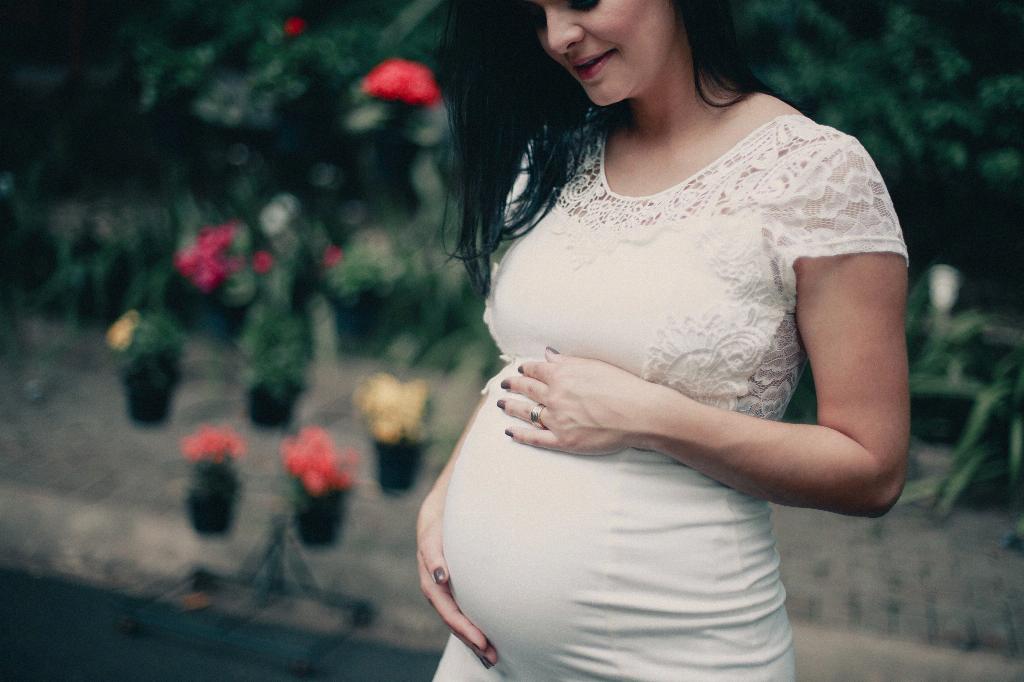When it comes to pregnancy and exercise, there are numerous opinions and recommendations. However, the general consensus is that it is safe to continue regular exercise during pregnancy, including certain abdominal workouts. The American College of Obstetricians and Gynecologists (ACOG) supports this notion, stating that most abdominal exercises you were doing before pregnancy can be continued during pregnancy with some modifications as necessary.
It is important to listen to your body throughout your pregnancy journey. If you were actively engaging in ab workouts prior to becoming pregnant and have a healthy pregnancy, it is likely safe to continue modified versions of these exercises. However, it is crucial to consult with your healthcare provider before starting or continuing any exercise regimen during pregnancy.
One key aspect to consider when contemplating ab workouts during pregnancy is the presence of diastasis recti. This condition involves the separation of the abdominal muscles and can be exacerbated by certain exercises. It is essential to be aware of this condition and modify your ab workouts accordingly to prevent worsening the separation.
Engaging in gentle core exercises that focus on strengthening the deep abdominal muscles can be beneficial during pregnancy. These exercises can help support your growing belly, maintain good posture, and assist in the labor and delivery process. Pelvic tilts, cat-cow stretches, and modified planks are examples of safe core exercises for pregnant individuals.
As your pregnancy progresses, you may need to further modify your ab workouts to accommodate your changing body. Avoid exercises that put excessive strain on the abdominal muscles or involve lying flat on your back after the first trimester. It is crucial to prioritize your comfort and safety while exercising during pregnancy.
Remember that every pregnancy is unique, and what feels safe and comfortable for one person may not be the same for another. It is essential to listen to your body, stay hydrated, and take breaks as needed during your workouts. If you experience any discomfort, dizziness, or unusual symptoms, stop exercising immediately and contact your healthcare provider.
Incorporating gentle stretching, breathing exercises, and pelvic floor exercises into your routine can also benefit your overall well-being during pregnancy. These exercises can help alleviate tension, improve circulation, and strengthen the pelvic floor muscles, which play a crucial role in labor and postpartum recovery.
Stay mindful of your workout environment and make necessary adjustments to ensure your safety. Avoid overheating, stay hydrated, and choose well-ventilated areas for your exercises. Wearing comfortable, supportive clothing and shoes can also enhance your workout experience and reduce the risk of injury.
Keep in mind that pregnancy is not the time to push yourself to your limits or strive for six-pack abs. Focus on maintaining a strong and healthy body to support you and your growing baby. Embrace modifications, listen to your body, and prioritize your well-being above all else.
Ultimately, the safety of ab workouts during pregnancy depends on individual circumstances, health status, and the guidance of your healthcare provider. By approaching exercise with caution, staying informed, and making necessary modifications, you can safely incorporate ab workouts into your pregnancy fitness routine.

